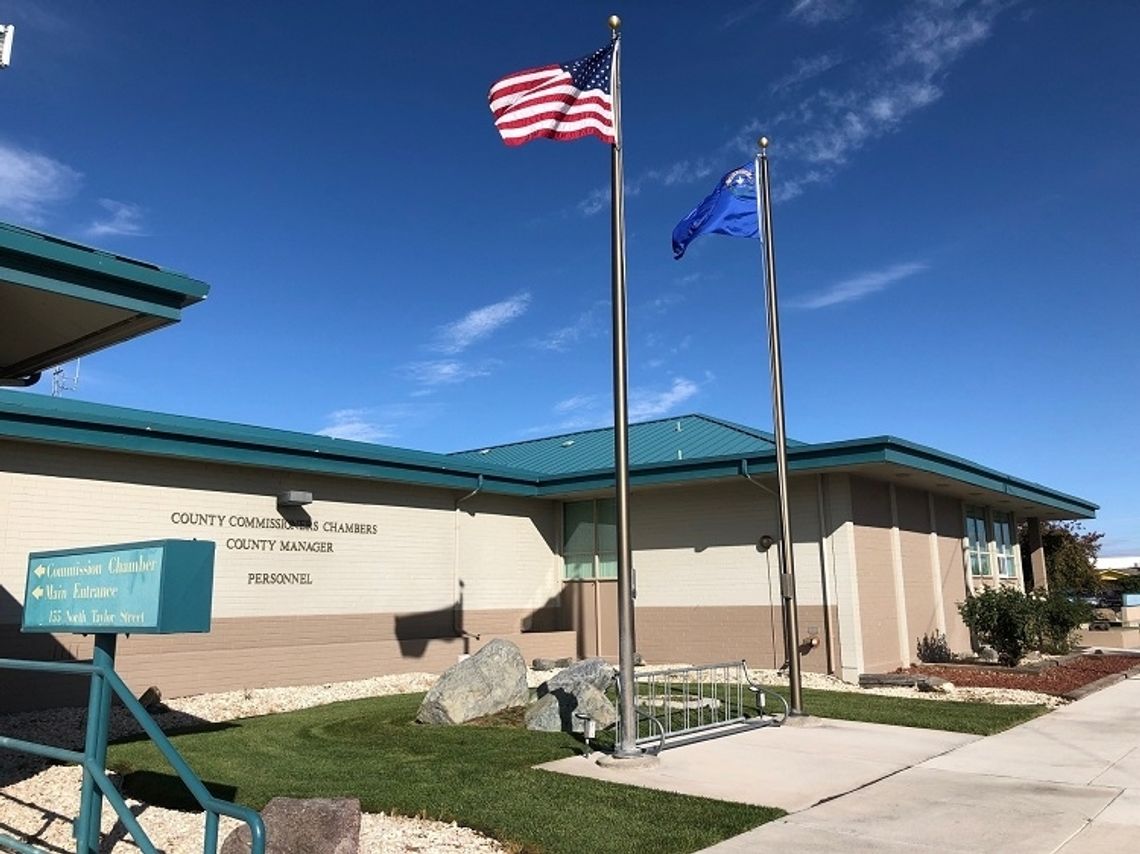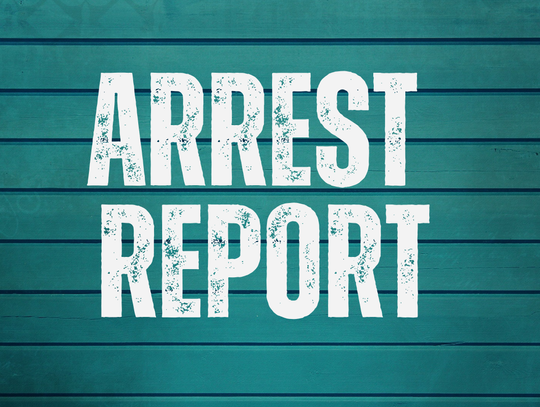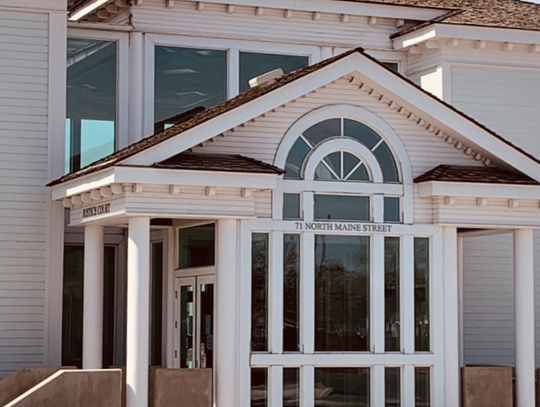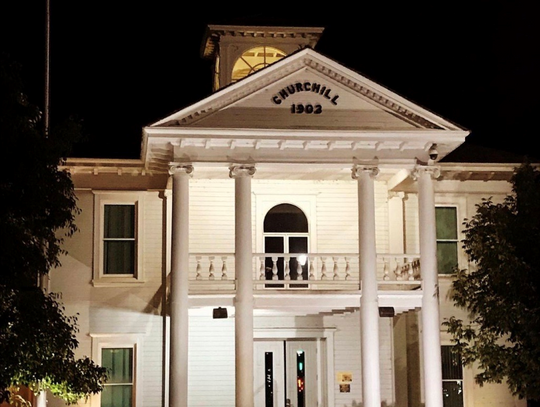During the April 7 County Commission meeting, in addition to setting a public hearing for an ordinance that would provide R-3 multi-family zoning and agreeing to sell 27 acres of ground off Coleman Road to a developer for multi-family housing, commissioners also approved $4,838,281 of COVID relief money toward the costs of building a new courthouse. www.thefallonpost.org/news/4526,commissioners-take-big-steps-to-solve-housing-crisis
In May 2021, the county received $2,419,140 in Coronavirus State and Local Fiscal Recovery Funds and will receive the same amount again in May of 2022, which according to a final rule through the U.S Treasury can be used for general governmental services. County Comptroller Sherry Weideman reported on the funding and recommended using the funds for building a new courthouse. “The courthouse is very crowded in their hearings and has had to use the convention center for their jury selections, so this will reduce the crowding and give better service to the community, and help be more ADA compliant,” she said.
The American Rescue Plan Act was signed into law on March 11, 2021, and established the one-time $350 billion SLFRF program to provide flexible aid for county governments. The rules allow counties to use up to $10 million standard allowance as revenue loss for the provision of general government services.
Commissioners also authorized the renewal of the residential construction tax for the Churchill County School District, which must be done every four years. The tax provides nearly $900 for each new residence built in the community and the school district uses that funding for building maintenance.
A report was also provided by the United States Geological Survey and the county consultant for water issues, Chris Mahannah regarding the Lahontan Valley Water Level Monitoring Program, the county test well, and municipal well drilling activities. The USGS Hydrologist, David Smith reported on the water level monitoring trends of the shallow, intermediate, and basalt aquifers in the community, and he said the USGS and the Carson Water Subconservancy District are continuing to monitor groundwater levels and water quality in the Lahontan Valley. The project has been ongoing for the past four years and will extend through June of 2023.
Smith said the shallow aquifer system is generally from 0 to 50 feet with highly variable water quality and the main recharge is from flood irrigation and canal seepage. The general flow direction is from west to east toward Stillwater wetlands and the Carson Lake Pasture. The intermediate aquifer is generally 50 to 500 feet, with generally better water quality and the deep aquifer is below that and mostly considered non-potable. Very few wells in the valley penetrate the deep aquifer. In the center of Fallon at Rattlesnake Hill is the Basalt Aquifer which descends 4,000 feet in depth and provides the municipal supply for the City of Fallon, NAS Fallon, and the Fallon Paiute-Shoshone Tribe.
The monitoring program consists of 64 wells throughout the valley in each aquifer and since 2018 Smith said they have collected over 700 measurements, in both the domestic and municipal supply. Data on water quality is collected from four shallow wells and one in the Basalt Aquifer.
On Bench Road, according to Smith, where over 700 acres of water rights have been purchased and transferred away from agriculture, changing recharge has resulted in declining water levels with eventual stabilization. A monitoring well near Rattlesnake Hill has shown the fluctuation in recharge during high water years like 2017, peaking in 2018.
Water quality monitoring near Soda Lake, close to the Sky Ridge development has seen an increase in water levels since 2015 along with an increase in nitrate and arsenic concentrations. A nearby monitoring well has shown the impacts of the drought in 2015 and the recovery during 2017, showing potential impacts from septic systems and an increase in water levels showing an increase in nitrates.
The data for the Basalt Aquifer began in 1969 and shows a decrease in water levels up until 2007. Since that time there has been an increase in the Basalt Aquifer of nearly 4 feet with a peak in 2020 with a current slight decrease since then in levels due to drought conditions. The USGS watches for chloride and arsenic concentrations in order to identify different sources of recharge for the Aquifer.
Chris Mahannah gave a report on the county’s monitoring program, discussing the water planning processes over the years and the water budget for the community. Churchill County is the Lahontan Basin 101 and has an annual natural recharge from precipitation of 1,300 acre-feet along with an interbasin recharge from the Fernley Hazen area of 1,200-acre-feet. The majority of the recharge to Basin 101 comes from losses through the irrigation project, seepage from the canals, and on-farm deep percolation. There have been permits issued by the State Engineer in the amount of 21,000 acre-feet.
“If you look at that it’s not a rosy picture,” said Mahannah, “however the recharge from the irrigation project is what sustains the aquifer out here.”
The Churchill County Commissioners meet in a regular meeting on Wednesday, April 20 at 1:15 p.m. and will hold a public hearing on the proposed ordinance that would allow for multi-family projects in all zoning districts.









Comment
Comments